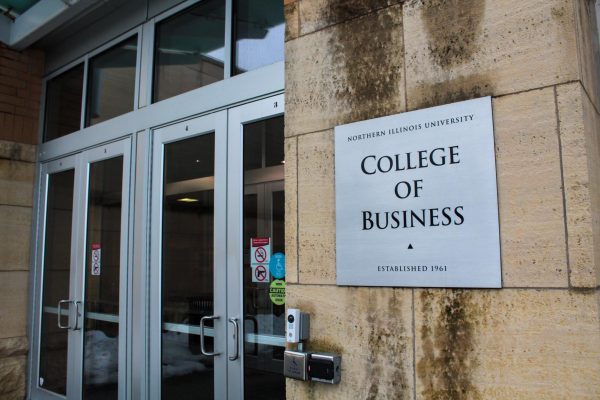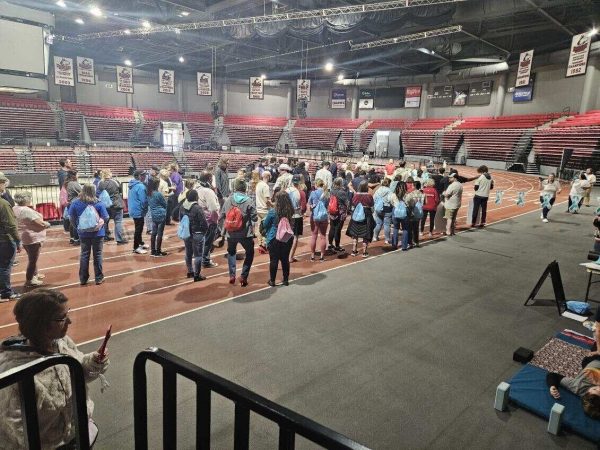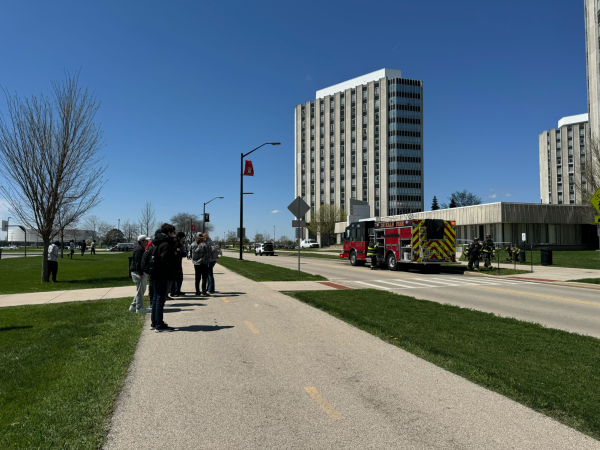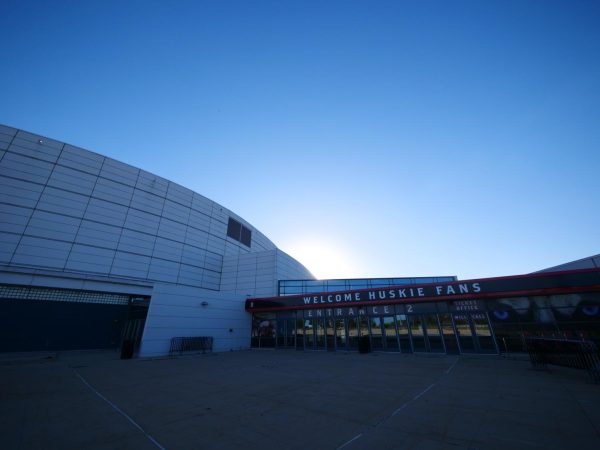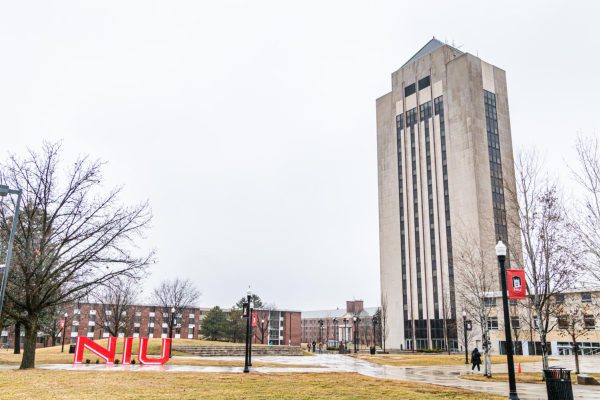Students’ research makes the news
February 25, 2003
Research done by senior meteorology majors Mark Gottlieb, Cori Wilson, Walter Pekovitch and Lauren Underwood hit WGN-TV news with Tom Skilling on Dec. 17.
“We started the research for David Changnon’s [an NIU assistant meteorology professor] class, Meteorology 431, the beginning of fall semester 2002,” Pekovitch said. “Students are involved in research for external users impacted by climate.”
Each group in Changnon’s class put together a PowerPoint presentation, while all of the project sponsors viewed their presentations.
Underwood and Gottlieb both said Skilling was excited about their presentation. He brought his camera crew and producer to record the presentation, and he interviewed each member of the group individually. It was then aired on the “Ask Tom Why” segment on WGN-TV news.
The research project was called “Impact of Lake Michigan on snowstorm totals and winter season snow totals in Northern Illinois.” Since the basis of the class was to do research for a weather-sensitive decision-maker, professor Changnon contacted Skilling to see if he wanted to do work with us, Underwood said.
There were other projects in the class as well, but since a couple of us had internships with Skilling, he was glad to assign us a topic to work on, Pekovitch said.
In conducting research, the group had to find the spatial and temporal distribution of snow in El Nino, La Nina and neutral years, Gottlieb said.
“El Nino is associated with warmer-than-average sea-surface temperatures in the eastern equatorial Pacific. These warm waters cause more water to evaporate, which enhances thunderstorm activity in that region,” said Changnon. “These changes in the ocean/atmosphere system influence the location of the jet stream, which in turn can alter weather patterns in various places around the world.”
He said it is crucial to many weather-sensitive business decisions to know if it is going to be a warm winter or not.
La Nina, which is the opposite of El Nino, occurs when the ocean waters are colder than average, Gottlieb said.
Changnon went on to say that El Nino usually causes a warmer and dryer than average winter, but this year, although being an El Nino year, hasn’t shown those signs as much.
“There is no perfect forecast because there are other factors than El Nino that affect the weather as well, and that is why we continue to do research,” Changnon said.
Wilson said most of their research was obtained at the an online database, The Midwest Regional Climate Center, where they examined snowstorm totals inside and outside of the snow belt region and analyzed them.
There were quite a few conclusions the group came up with, but most of them led to more questions.
“We perceived there would be more snowfall inside the 40-mile radius of the snow belt region, and it proved to be true in our research from 1950-1990,” Underwood said. “But then from 1990 to 2002, there was more snowfall outside of the lake effect belt.”
The students found this to be quite a shock, and one of the theories was related to the warmth associated with the urban environment of Chicago next to Lake Michigan, Pekovitch said.
“In a strong El Nino, there tends to be less snowfall across the area and especially outside of the snow belt region, but our annual snowfall totals in the belt have decreased, while outside of the belt snow had remained the same,” Gottlieb said. “And we aren’t really sure why this occurred, but that represents a research question for the next set of students to answer.”



